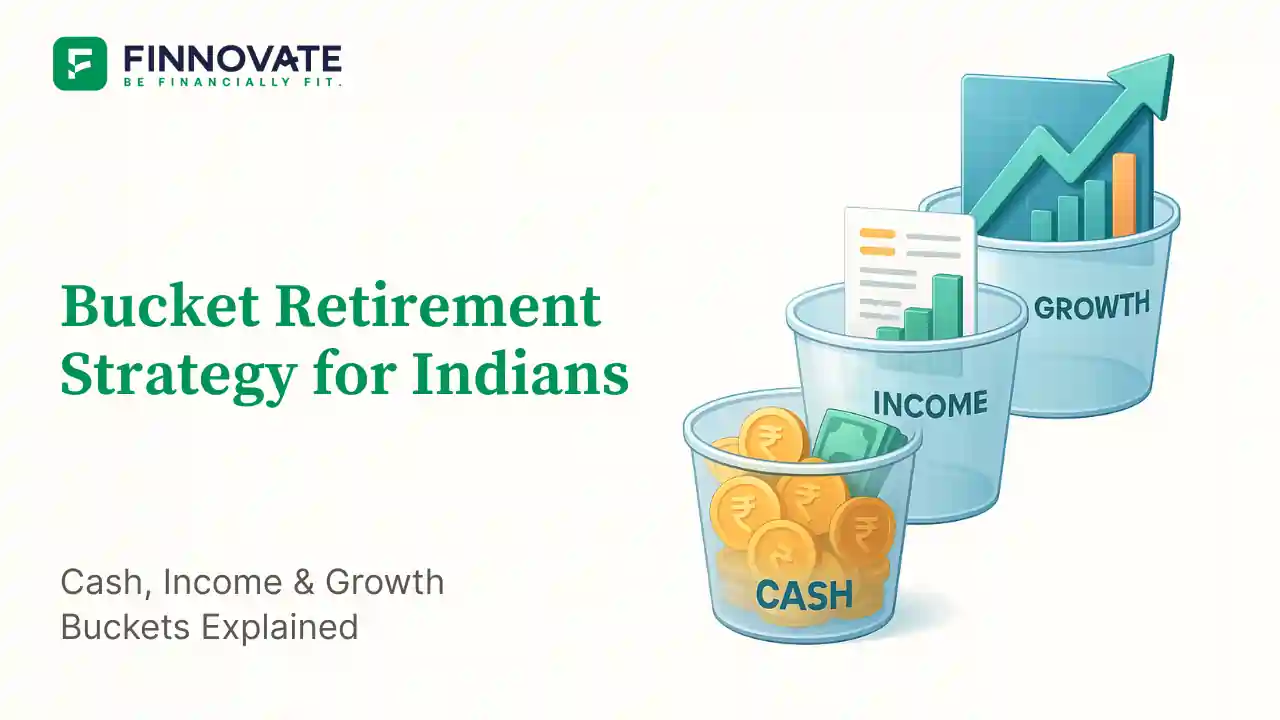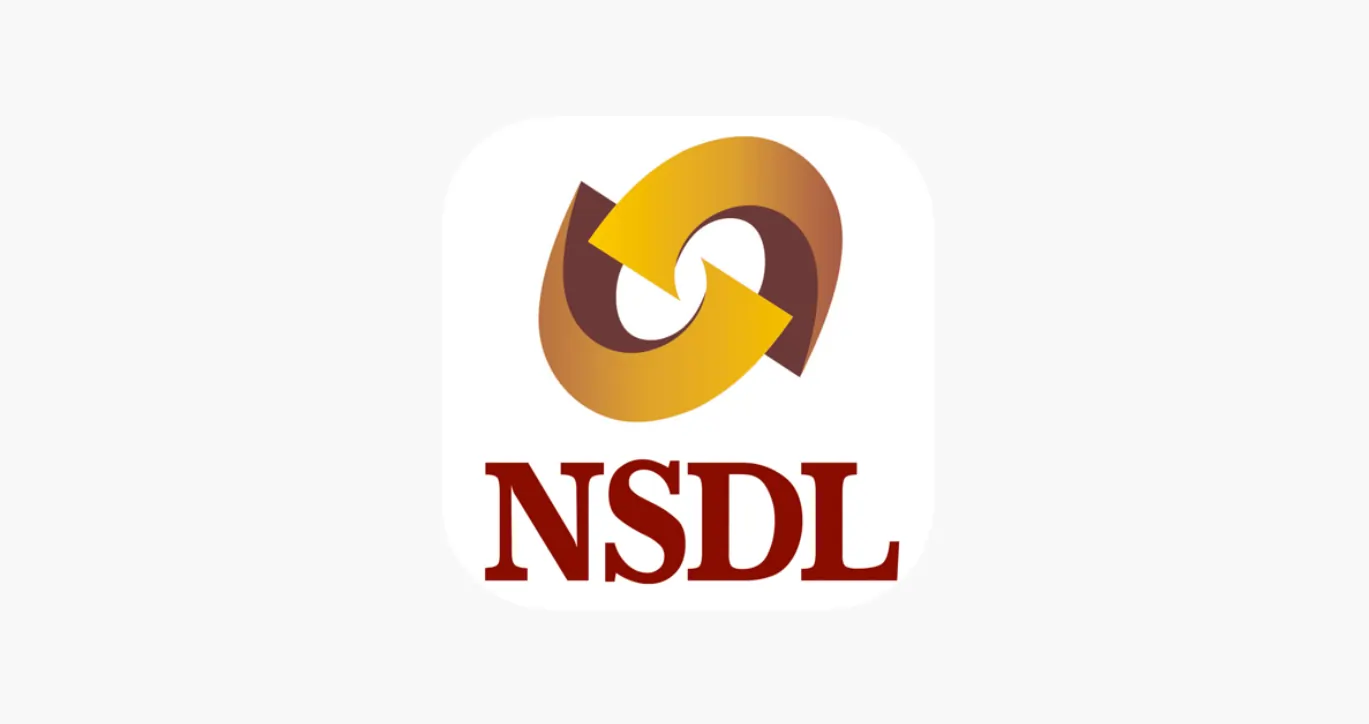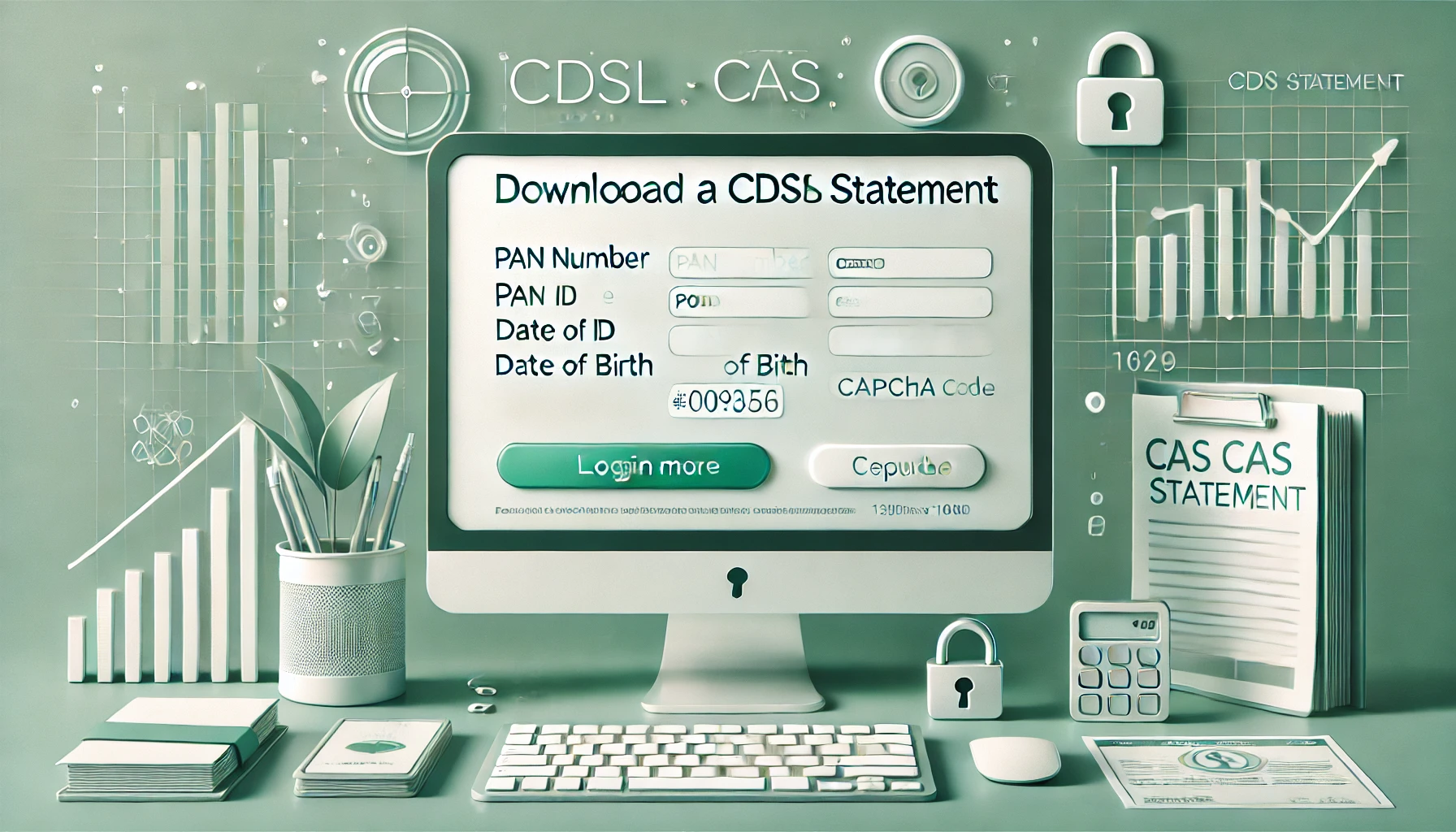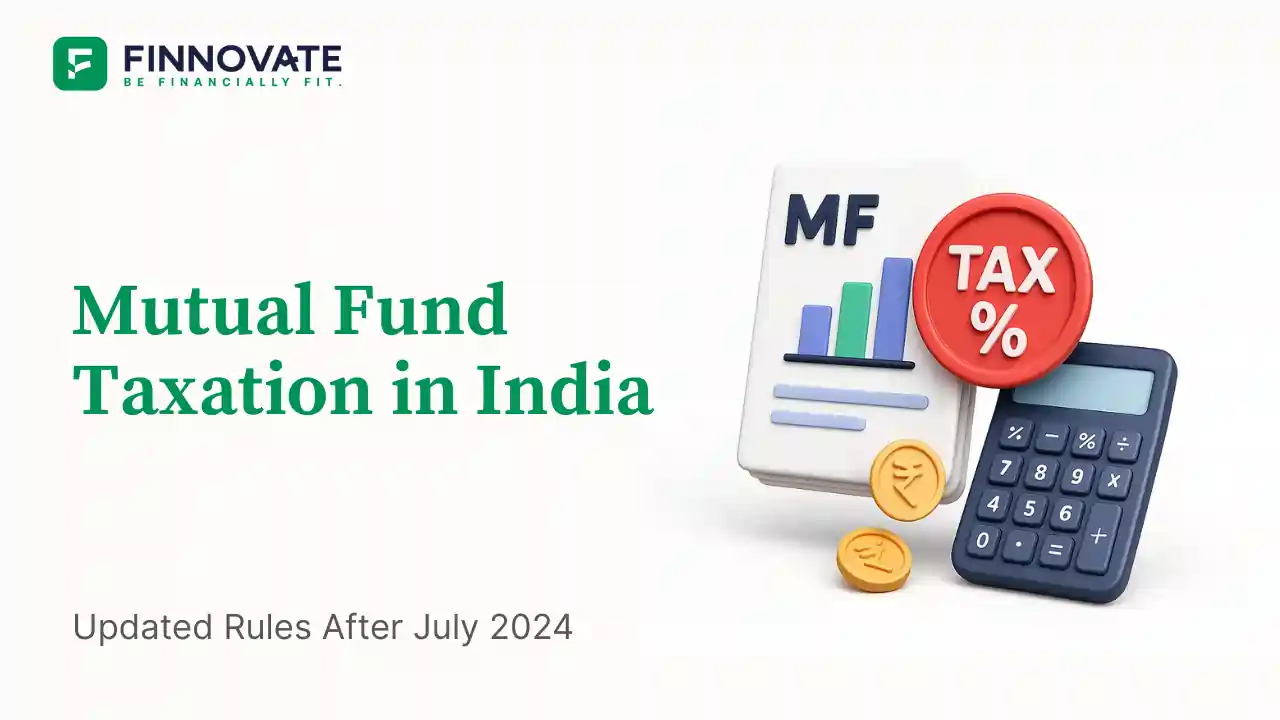Bucket Retirement Strategy in India: Cash, Income & Growth

By

Short summary: Split your retirement corpus into three buckets - cash (short-term), income (medium-term) and growth (long-term) - to protect liquidity today and maintain purchasing power over 25–30 years.
Retirement planning in India is no longer just about saving money. With rising inflation, high medical costs, and longer lifespans, the real challenge is how to use your savings smartly after retirement. Most retirees park their corpus in fixed deposits for “safety,” but low returns (4–6% annually) fail to beat inflation.
The Bucket Retirement Strategy solves this by dividing your retirement money into three parts - cash, income and growth. This ensures liquidity for immediate needs, stable income for the medium term, and equity-driven growth for the long term.
A retirement fund is built during working years, ideally through SIPs in equity mutual funds. Examples below show how different approaches perform over 30 years.
| Approach | Monthly Investment | CAGR | 30-Year Corpus |
|---|---|---|---|
| Fixed Deposit | ₹10,000 | 6% | ₹97.92 Lakhs |
| Equity SIP (no step-up) | ₹10,000 | 12% | ₹3.08 Crore |
| Step-up SIP (5% yearly increase) | Starting ₹10,000 | 12% | ₹4.67 Crore |
Key point: Equity SIPs with step-up produce a significantly larger corpus than conservative savings, making later allocation (buckets) practical and effective.
Use our SIP Calculator to estimate how much you can build with step-up SIPs over 20–30 years.
Putting the entire corpus in FDs or liquid funds exposes retirees to purchasing-power erosion. A structured withdrawal plan is needed.
The bucket strategy balances safety, income and growth by splitting the corpus across three time horizons. Each bucket serves a defined role so withdrawals do not force reactive or risky decisions during market volatility.
| Bucket | Tenure | Allocation | Return (CAGR) | Weighted Contribution |
|---|---|---|---|---|
| 1 – Cash | 3 years | 15% | 5% | 0.15% |
| 2 – Income | 7 years | 35% | 7% | 0.49% |
| 3 – Growth | 20 years | 50% | 9% | 1.80% |
| Total Portfolio Yield | 8.13% | |||
This allocation raises the effective portfolio return from ~5% (FD-only) to ~8.13% while preserving short-term safety.
Example retiree: Age 55, corpus ₹4.67 Crore, monthly expenses ≈ ₹1 Lakh today (inflation-adjusted average ≈ ₹5.74 Lakh/month over 30 years). Withdrawal via a Systematic Withdrawal Plan (SWP).
| Year | Corpus Start (₹) | Monthly Withdrawal (₹) | Closing Corpus (₹) – Approx |
|---|---|---|---|
| Start | 4.67 Crore | 5.74 Lakh | 4.61 Crore |
| Year 3 | 4.27 Crore | 5.74 Lakh | 4.14 Crore |
| Year 9 | 3.44 Crore | 5.74 Lakh | 3.05 Crore |
| Year 15 | 2.45 Crore | 5.74 Lakh | 1.93 Crore |
| Year 21 | 1.29 Crore | 5.74 Lakh | 0.74 Crore |
| Year 27 | 0.28 Crore | 5.74 Lakh | ≈ 0.03 Crore |
| Year 30 | ≈ 0.00 | 5.74 Lakh | Corpus depleted |
Outcome: With inflation-adjusted monthly withdrawals of ≈ ₹5.74 Lakh, a ₹4.67 Crore corpus sustains for roughly 27–28 years before depletion, assuming an average portfolio yield of 8.13%.
Comparison: If the same corpus were kept entirely in fixed deposits (~5% yield), it would likely run out in 18–20 years. The bucket strategy significantly extends sustainability by balancing liquidity, income, and growth.
Want to know how long your retirement corpus will last? Try our SWP Calculator with your own numbers
Retirement success is not about how much you save but how wisely you use it. The bucket strategy - dividing savings into cash, income and growth - provides liquidity for today, stability for tomorrow and growth for the future.
A well-structured ₹4.67 Crore corpus can deliver nearly ₹12–13 Crore in sustainable withdrawals over about 27–28 years when managed this way, even after accounting for rising expenses. By balancing safety, income, and growth, retirees can extend the life of their savings far beyond what traditional FD-only strategies allow.
Next step: Estimate your retirement needs, build your corpus systematically, and then bucket it. If in doubt, consult a SEBI-registered financial advisor for a customised plan.
Your retirement corpus should buy you independence, not anxiety.
Yes, for many urban families ₹5 Crore can be sufficient if managed via a bucket strategy. It can support ~₹1.5–2 Lakh/month (inflation-adjusted) when allocated intelligently. Read detailed guide here.
FD returns (4–6%) rarely beat long-term inflation. Over decades, purchasing power erodes. Buckets allow safety for near-term needs while using growth assets for long-term protection.
Yes. Scale the bucket horizons and adjust withdrawals or lifestyle accordingly. The structure remains applicable even for ₹50 Lakhs–₹1 Crore corpuses.
Disclaimer: This article is for educational purposes only and does not constitute financial advice. Investment returns, inflation, and expenses vary for each individual. Please consult a SEBI-registered financial advisor before making any retirement or investment decisions.
Finnovate is a SEBI-registered financial planning firm that helps professionals bring structure and purpose to their money. Over 3,500+ families have trusted our disciplined process to plan their goals - safely, surely, and swiftly.
Our team constantly tracks market trends, policy changes, and investment opportunities like the ones featured in this Weekly Capsule - to help you make informed, confident financial decisions.
Learn more about our approach and how we work with you:

Learn how to easily download your NSDL CAS Statement in PDF format with our step-by-step guide. Follow our instructions to log in to NSDL e-Services, download your account statement, and subscribe for
Read Full
Explore what Specialised Investment Funds (SIFs) are, their benefits, taxation, minimum investment, how to invest, how they compare with mutual funds and PMS and latest developments in SIF space
Read Full
Learn How to Download Your CDSL CAS Statement with our step-by-step guide. Easy instructions for accessing your investment details online.
Read Full
Analyzing the potential economic impact of the 2025 India-Pakistan conflict on India's GDP growth, manufacturing sector, and foreign investment.
Read Full
Determine if your Demat Depositary (DP) is NSDL or CDSL easily. Follow our guide to check using broking platforms or Demat account number formats
Read Full
Looking for the best financial freedom books? Here’s a handpicked 2025 reading list with summaries, why to read, and who it's best for.
Read Full
Clear guide to mutual fund taxation in India for FY 2025–26 after July 2024 changes: equity STCG 20%, LTCG 12.5% with ₹1.25L exemption, debt/hybrid rules, dividends, examples, tables, and FAQs.
Read Full
RBI cuts repo rate by 50 bps and CRR by 100 bps in June 2025 to boost growth. Learn how it impacts inflation, borrowing, sectors, and market trends.
Read Full